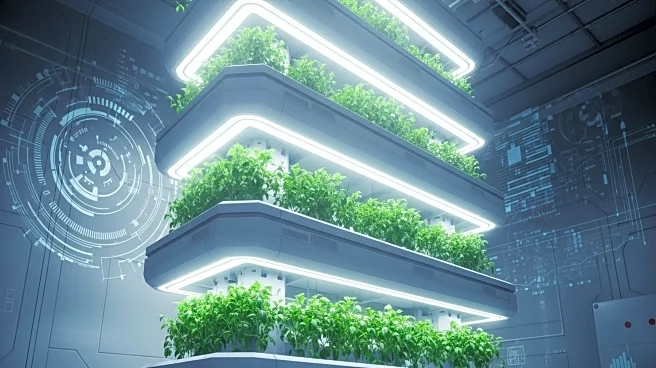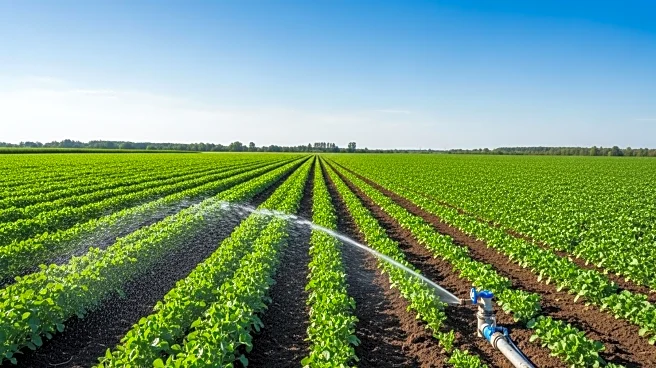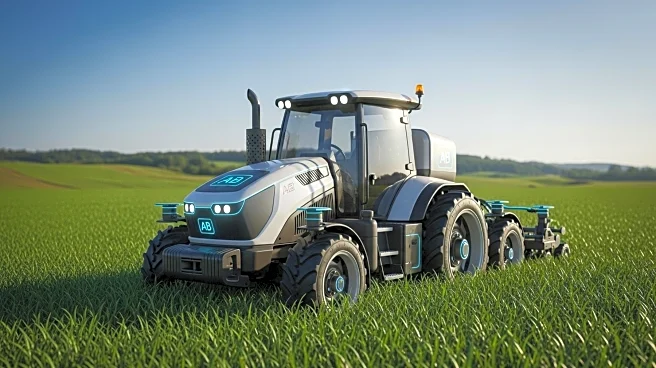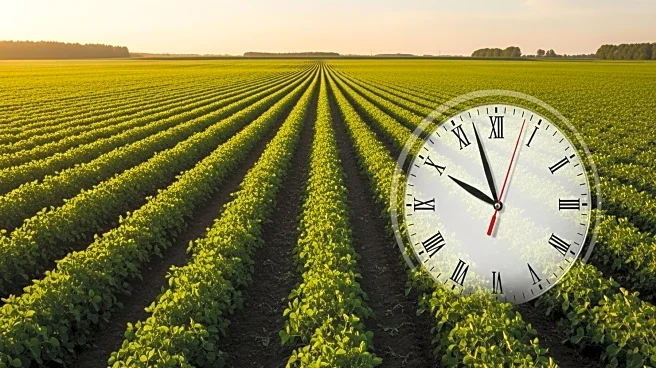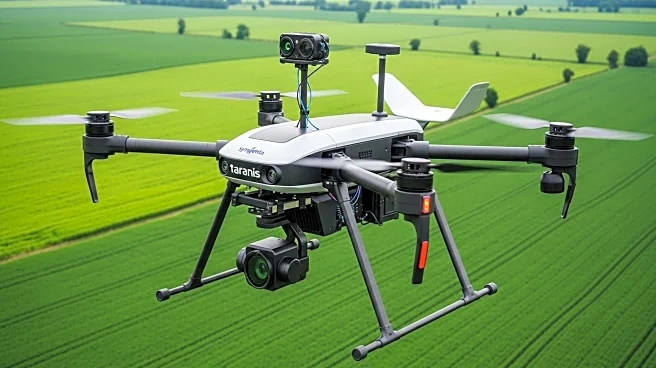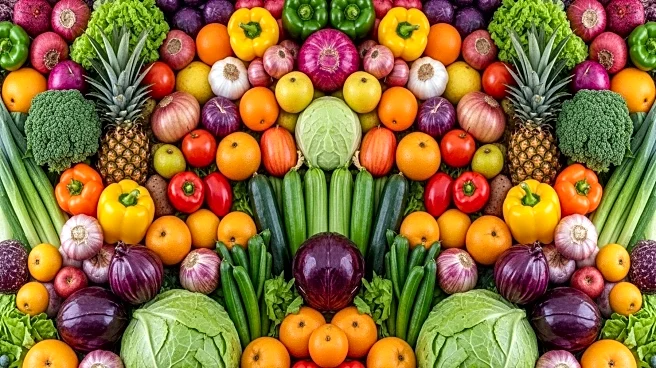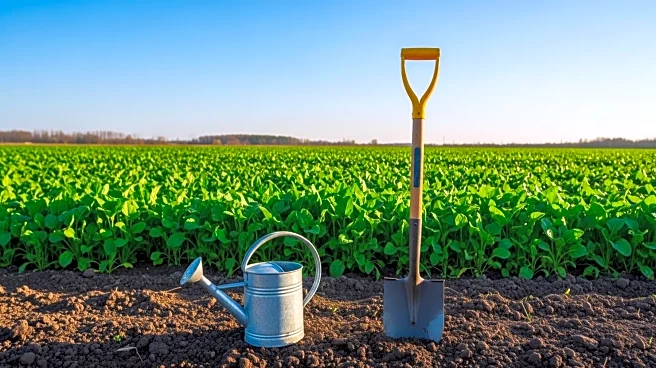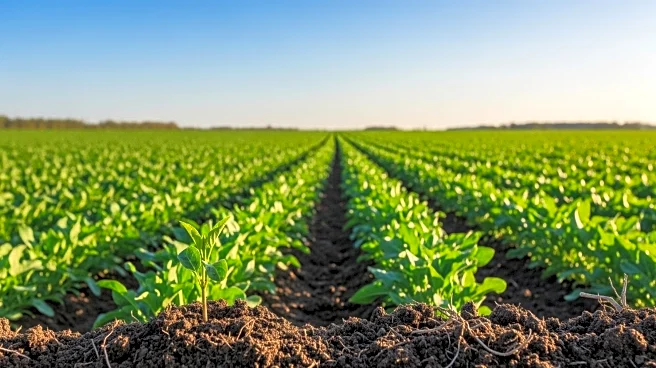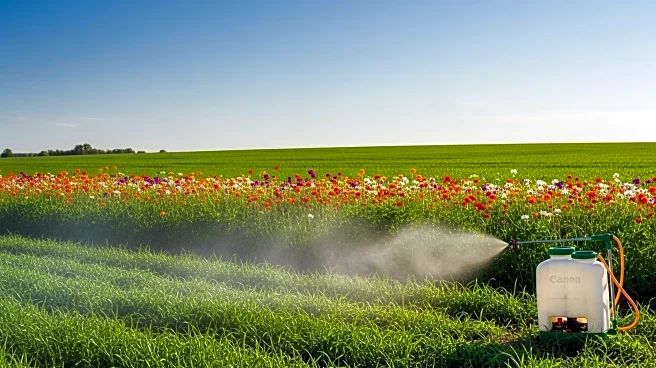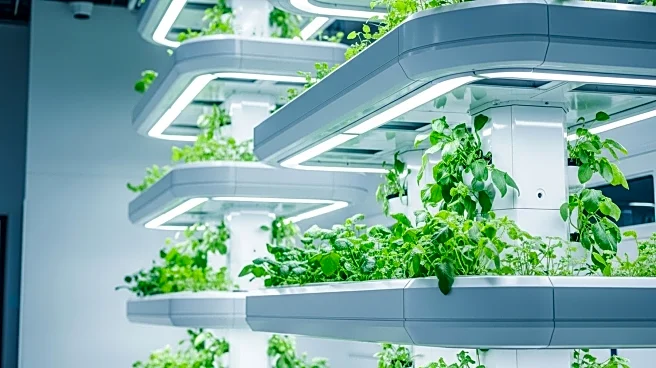What is the story about?
What's Happening?
Vertical farming, once hailed as a revolutionary approach to agriculture, is facing significant challenges. Over the past decade, investors have poured more than $6 billion into vertical farming startups, attracted by promises of reduced carbon emissions, pesticide use, and water consumption. However, funding has sharply declined from over $2 billion in 2021 to approximately $280 million last year. Major players like Bowery Farming and AppHarvest have collapsed, largely due to high operational costs, including energy-intensive LED lighting and ventilation systems. Additionally, higher interest rates have increased financing costs, and a shortage of skilled labor has further strained the industry. Despite these setbacks, the global market for vertical farming is projected to grow from $8 billion last year to $25 billion by 2030, driven by environmental and economic factors such as population growth, soil degradation, and climate change.
Why It's Important?
The challenges facing vertical farming are significant for several reasons. Firstly, the decline in funding and operational difficulties highlight the industry's struggle to achieve scalability and efficiency. This has implications for food security, as vertical farming was seen as a potential solution to feed a growing global population amidst decreasing arable land and climate change pressures. The industry's struggles also reflect broader economic trends, such as rising interest rates and labor shortages, which affect many sectors. However, the projected growth of the market suggests that there is still potential for vertical farming to play a crucial role in sustainable agriculture, particularly in regions with limited agricultural capacity like Singapore. The industry's ability to overcome current challenges could lead to more localized food production and reduced reliance on traditional farming methods.
What's Next?
The future of vertical farming will likely involve technological advancements, particularly in artificial intelligence, to improve efficiency and reduce costs. As the industry matures, there may be consolidation with new entrants bringing innovative solutions to the market. Stakeholders, including investors and policymakers, will need to address the current operational challenges to unlock the full potential of vertical farming. This could involve fostering collaboration and transparency within the industry to share best practices and technological advancements. Additionally, as concerns about food security grow, there may be increased interest in developing vertical farming solutions that are economically viable and environmentally sustainable.
Beyond the Headlines
Vertical farming's journey highlights the complexities of introducing new technologies in agriculture. The industry's initial struggles underscore the importance of realistic expectations and the need for adaptive strategies. Ethical considerations, such as the environmental impact of energy consumption and the social implications of labor shortages, must be addressed. Furthermore, the industry's evolution could influence cultural perceptions of food production, shifting towards more sustainable and localized practices. Long-term, vertical farming could redefine agricultural norms and contribute to global efforts to combat climate change and ensure food security.
AI Generated Content
Do you find this article useful?
